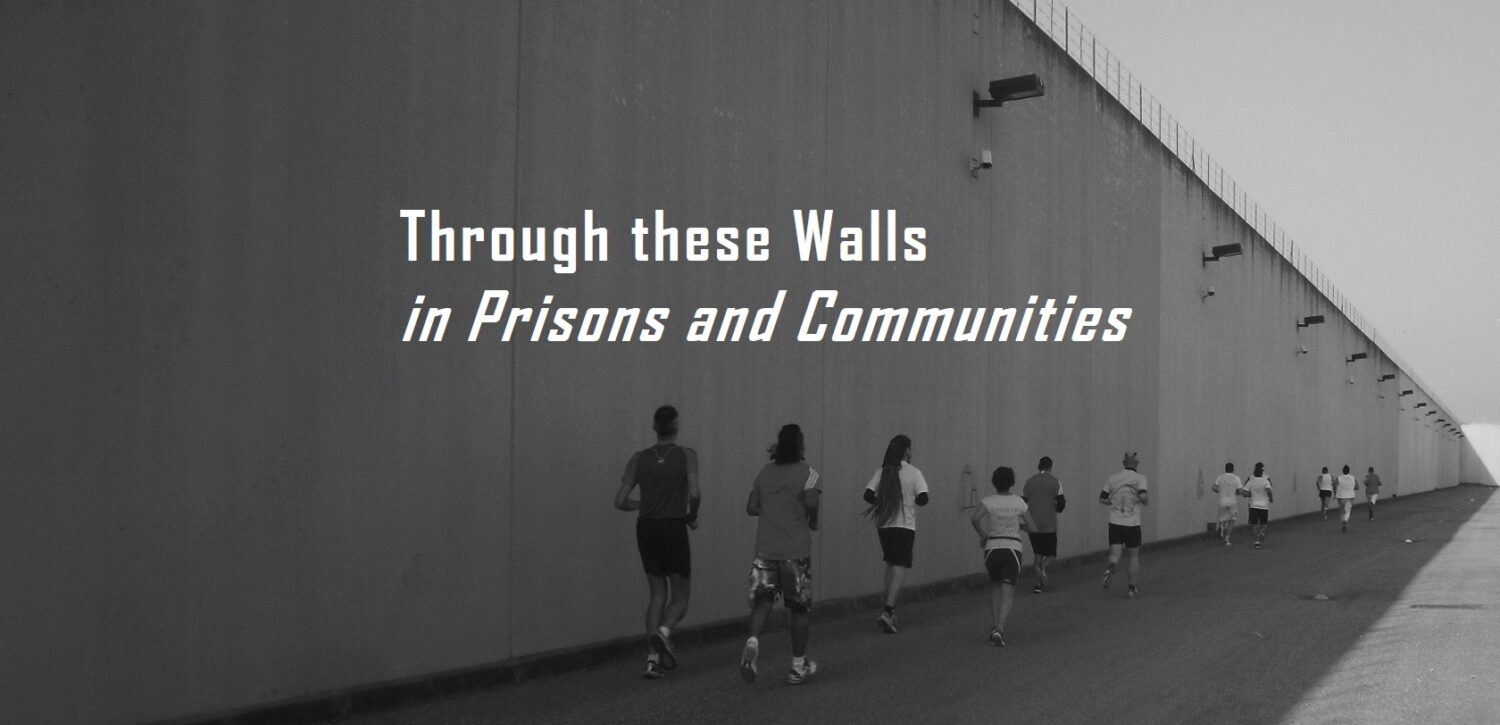Walls and Limits
Walls and Limits

“I’m fascinated by walls. When I first entered a prison in Milan was because I went there to attend the theatre performance Maratona di New York by Edoardo Erba, which was held inside the theatre of the prison itself. The performance showed two men running in preparation for the New York marathon and talking to each other on existential topics like absence, void of meaning and trauma. While watching it, I was infused with emotions. The context amplified the performance. The subject of the New York marathon and the preparation to achieve it was a clear metaphor for a process of rehabilitation, although the immobility of the run also suggested something different. Rather than thinking in terms of goals and achievement, it was proposing a perpetual movement without purpose. Running a marathon seems to demand this capacity to abandon the thought of the finish line, which only produces anxiety, and to try to run the race as if you would run forever. As I was walking out of the prison, I wondered in excitement “What if I run the wall of the marathoner inside the walls of a prison?” I then realised how that question could open a healing path for prisoners by drawing a parallel between the experience of the wall of the marathon runner and that of the wall of the prison. In fact what if a wall rather than being a barrier is a liminal space to be inhabited enabling existential transformation?”
Paolo Maccagno
Runforever learns from the experience of the wall of the marathoner ways for living and thriving through these walls in prisons and communities. Around the 35th km in a marathon, runners can hit a limit of endurance which they liken to a wall and collapse for mental or physical exhaustion unless they learn to run forever. The wall of the marathoner is a paradoxical educational experience which opens a new perspective on the wall as a limit, no longer as a barrier to be crossed in a hoped-for transition from inside to outside, but as a threshold to be inhabited, leading to enhancement of self-worth and liberation of a different kind.
Walls are ubiquitous and pervasive in western societies. They highlight a tendency for separation and defence. They can impact the community creating inequalities and undeletable stigmatizations. Runforever opens questions about walls. What creates a wall? how can we unlearn to make one? What is to respect difference without creating separation? It doesn’t aim to give definitive answers to these questions but in turn asks what is to run forever by proposing projects in prisons and in the wider society based on marathon running and the Feldenkrais method (educational practice of awareness, attention and posture) as invaluable practices of care suggesting possibilities of dignity and personhood.
Past Projects
Since the beginning of 2013 a few projects based on marathon running, the Feldenkrais method and autobiography have been proposed inside prisons. In asking the question – what if I run the wall of the marathoner inside the walls of the prison? – paths were opened of learning as well as of awareness. Projects involved prisoners as well as prison staff and different associations along the way. The question asked was not directed to prisoners or prison staff or any other participant in particular but, starting with the first person ‘I’, pointed into the unknown. This brought us together. Rather than confronting each other, we were running in the same direction. What is it to face a wall as a limit? And how does this relate to being human?
The projects contrasted imprisonment with marathon running and explored the potential of juxtaposing two very different experiences that both test the human being’s capacity. They proposed a limit experience to activate the prison and see through it a social system where the neoliberalism is expressed. In fact by paying attention to how to run a wall, they revealed at the same time the context of the prison where these projects take place (Nora Bateson has defined this approach ‘transcontextual research’, which is an innovative form of inquiry creating a context in which to study the contexts). The projects helped to highlight different ‘walls’ emergent in the prison and to build up a process of awareness.
Bollate prison (Milan) 2013-2014 – Italy
in collaboration with NGO Bambinisenzasbarre
The first experience was in the prison of Bollate (Milan-Italy, 2013-14) where I worked in collaboration with Italian NGO Bambinisenzasbarre for one and a half years. It was shaped in accordance with the aims of the association in connecting parents inside the prison with their children outside. The project ended with the participation of a team of runners (a mix of inmates and free citizens) in the Milan city marathon, on 6th April 2014. It received the prize as best project connected to running at the Milano Marathon Awards 2014, an academic publication on the Scottish Journal of performance (Maccagno P., 2015. Running walls. The performance of the limit in prison) and articles on La Repubblica Correre oltre il muro, la sfida dei detenuti
HMP YOI Grampian 2016 – Scotland
A following similar experience has been done in the prison of Peterhead in Scotland (January-June 2016) in collaboration with Familiesoutside (Edinburgh) and with NHS funding.
- See Through these walls, article on “Like the wind” running magazine 2016_Through these walls_like the wind
- Read article on La Repubblica Dieci km per correre oltre il muro

